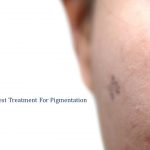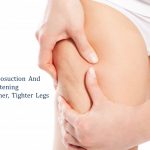Facelift in Singapore is an effective treatment option to get one’s vibrant and youthful looks back. Facelift procedures in Singapore can have a rejuvenating effect, and they can give a more contoured and youthful facial appearance to those who undergo the treatment.
A common concern in patients before they decide to have a facelift surgery is what the facelift recovery is like and what they should expect during recovery. Is it painful? Will they have any swelling on their face after the procedure? And if they do, then for how long is it going to last? When can they expect to resume their routine life after the procedure? What daily care routine they’ll have to follow?
Have the same questions in mind? Let’s try to seek some answers!
How Is The Recovery Like After Facelift Singapore?
Here’s a glimpse of what the recovery after a facelift is like.
The Day Of The Procedure
As the patients wake up after the procedure, they feel groggy due to the pain medicine administered to them during and after the procedure. Depending on the treatments administered, there may be a feeling of tightness around the face as patients can have bandages on to help keep bruising and swelling to a minimum. Sometimes, the surgeon also uses drainage tubes for draining any excess fluid that might build up around the site of the facelift. These tubes are generally removed a few days after the procedure.
Some patients are allowed to go home on the same day, while others may be discharged a day later. Pain medication is prescribed depending on the extensiveness of the procedure. Before discharge, nurses will also educate the process and steps for wound management.
Initial Few Days Following The Procedure
In the first few days after the facelift in Singapore, it is common for patients to feel some discomfort. However, there shouldn’t be excruciating pain, and the painkillers prescribed should help with pain management. Some bruising and swelling are also normal in this phase of recovery as that’s part of the natural healing process. It is also normal for swelling to appear more pronounced on one side than the other. Patients also tend to experience some tightness around the face and the neck during this period.
During initial recovery, one is encouraged to move around the house or take light walks but avoid indulging in any strenuous activity. This helps with enhancing blood circulation and is also beneficial for reducing swelling or water retention.
One Week After The Procedure
One week after the facelift procedure, most patients stop taking pain medication. They feel a lot better and can be a bit more active in everyday household stuff. Light exercise is recommended in this phase, but the patients should still refrain from strenuous activities. Some swelling and bruising may still exist and can make them feel a bit uncomfortable about going out in public. It is important to stay patient as the final results of the facelift are not yet visible.
Two Weeks After The Procedure
Two weeks out, patients are through the major part of their recovery period. It’s when they can return to work. However, one must return to their job if it does not involve any strenuous physical activity.
Some bruising and swelling might still be there. However, one can choose to apply makeup to conceal if desired. While the skin continues its healing process, it is normal to experience some tingling sensations in the skin.
One Month After A Facelift Procedure
The intensive recovery phase is almost over after a month from the procedure, and patients can now resume activities like more strenuous workouts and moderate lifting. One shouldn’t have any problem making public appearances.
By this time, most of the swelling is gone, and there may only be minimal isolated swelling in some areas. If there is still some tightness or tingling in the skin, it is expected and there is nothing to worry about.
Two Months After The Procedure
After the first couple of months of the procedure, patients have almost fully recovered from any side effects of the treatment. By this time, they start enjoying their new youthful appearance, and there should be no signs of bruising.
Common Side Effects To Expect During Recovery
Some side effects like swelling, pain, and discoloration are common during recovery after a surgical facelift in Singapore. Let’s discuss them in detail and find out what else can come during recovery before the final youthful appearance takes over.
Swelling
Like any other procedure, some swelling is normal after the facelift treatment. The surrounding tissues can be expected to swell a little more on the second day of the treatment. It is, however, not a big concern and doesn’t indicate anything wrong with the procedure. Even if it is a bit more pronounced in one area than the other, it’s all normal.
Generally, the swelling subsides inside the first couple of weeks. But patients experience some recurrence over the next 3 to 4 weeks. Again, it is normal and should subside eventually. Remember, it is temporary and patients can help themselves by avoiding activities like lifting or bending over, keeping the head elevated while sleeping, supporting the tissues that are swollen using a chin sling, and avoiding excessive tanning on the face for the first 2-3 months at least.
Pain
Usually, patients experience some discomfort after a facelift in Singapore. The bandage or compression garment on the face helps minimize swelling and bruising. Some strong painkillers may lead to dizziness, especially in the period immediately after the procedure. As a result, the initial recovery period may feel a bit more challenging. Stronger medication is prescribed only in the case of severe pain and should be taken after meals.
Discoloration
Patients experience varying levels of facial discoloration or bruising. It can also become a bit more pronounced due to swelling, particularly around the jowls and neck. It usually happens after the day of the procedure, but it is temporary and will subside over time. In some cases, the discoloration can get more pronounced after the patients are discharged. But it continues to decrease in intensity over time.
Numbness
Sometimes, parts of the neck, ears, and face may feel numb or less sensitive after a facelift in Singapore. That’s perfectly normal and generally subsides in the months to come. Unusual sensations can also be expected as a result of the nerves rejuvenating, leading to hypersensitivity in some cases.
Temperature
The body temperature of the patients can rise to almost 37.5° after a facelift procedure. It happens due to the natural healing process of the body. Patients feel warm and think that their body temperature has elevated, but that’s not the case in reality. In such cases, paracetamol can be taken. However, in cases where one develops a high fever, do consult your doctor immediately.
Some other side effects that are commonly observed after a facelift include palpitations, difficulty sleeping, and tightness of the face. All these are normal and should subside in a few weeks.
Common Warning Signs To Watch Out For While Recovering After Facelift Singapore
There are a few things that patients should be wary of when in recovery after a surgical facelift. If any of these warning signs persist, one must report to their surgeon or health care provider. These include:
- Intense swelling on one side of the face
- Unbearable pain that won’t go away even after taking painkillers
- A pus-like discharge from the incisions, indicating an infection
- Stitches getting loose
- Bleeding from the incisions
- Blood clotting
- Persistent bruising even after a month of the procedure
As soon as you notice any warning signs from the list above, contact your surgeon for immediate medical care.
Not Ready For Surgical Facelift? What Are The Non-surgical Treatment Options?
In cases where surgical facelift is not an option, one should consider non-surgical facelift treatments. These minimally invasive procedures may not create the same dramatic results as a surgical facelift but can still be effective in producing a subtle lifting effect.
Non-surgical facelift options include:
Radio Frequency Treatment
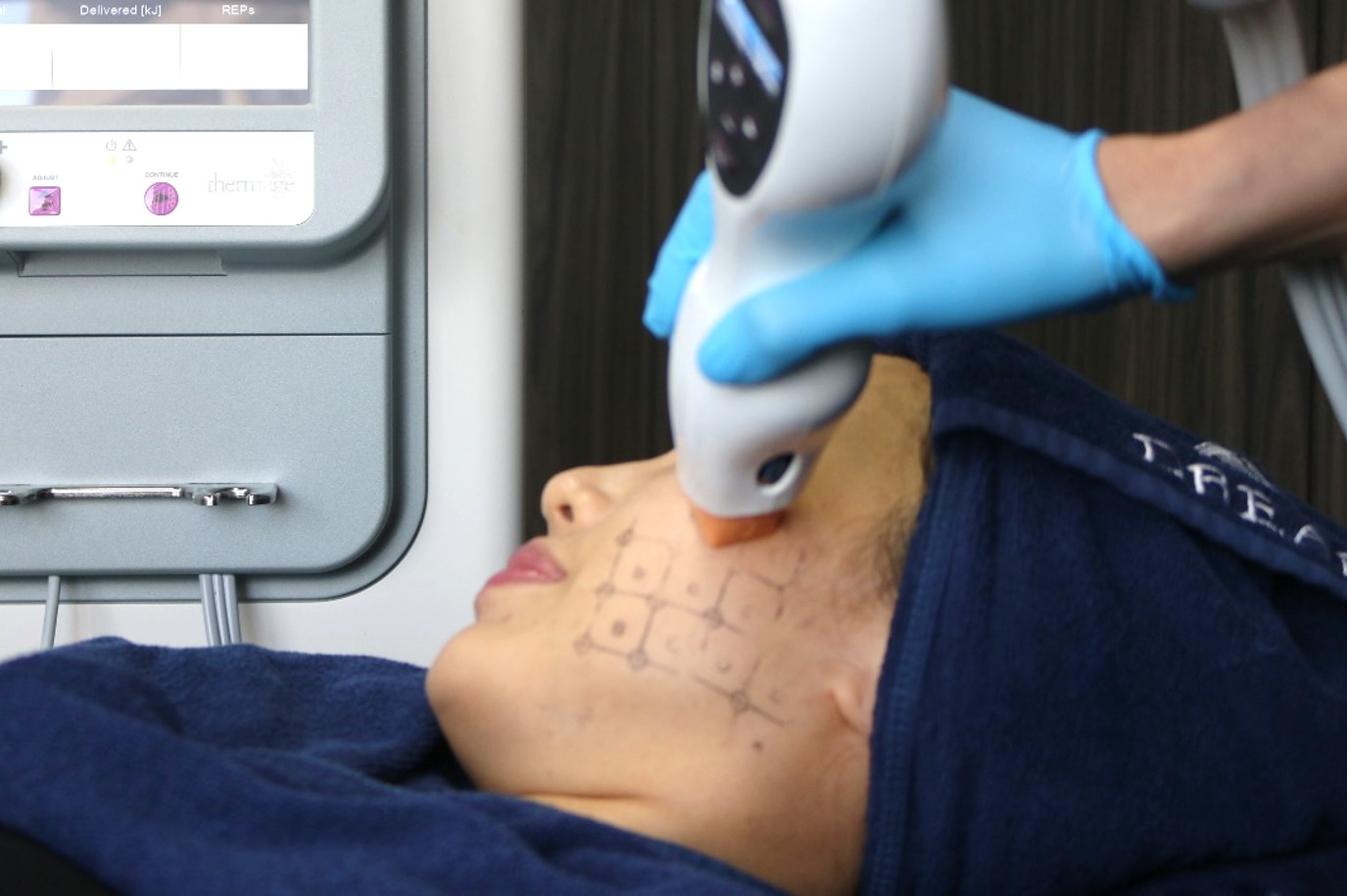
Radiofrequency treatment is a popular technique used for achieving firmer, smoother skin by stimulating cell renewal. It delivers radio frequency heat-based energy to various skin layers. That triggers the generation of collagen and new skin tissue and can help fix issues linked with skin sagging, skin texture, pores, wrinkles, and scarring.
HIFU Treatments

HIFU technology stimulates natural collagen production by targeting fat cells with ultrasound energy. It initiates a uniform thermal reaction within the skin tissue at a particular depth to form new collagen and achieve a lifted, tightened, and firmer skin. Besides HIFU facelifts target 3 different skin layers, activating skin tightening action down to the SMAS layer.
Sylfirm X Treatments
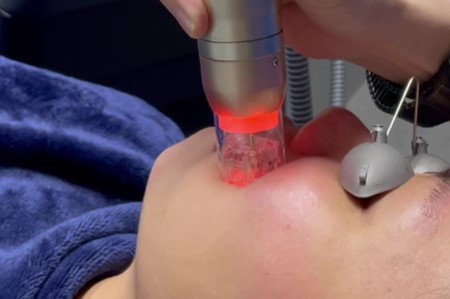
Sylfirm X is an anti-aging treatment that delivers RF energy underneath the skin’s superficial layer, in précised depths using specialized microneedles. Apart from skin tightening benefits, its precise depth allows highly customized solutions for various types of skin concerns, such as pores, scars, and pigmentation lightening.
Threadlift
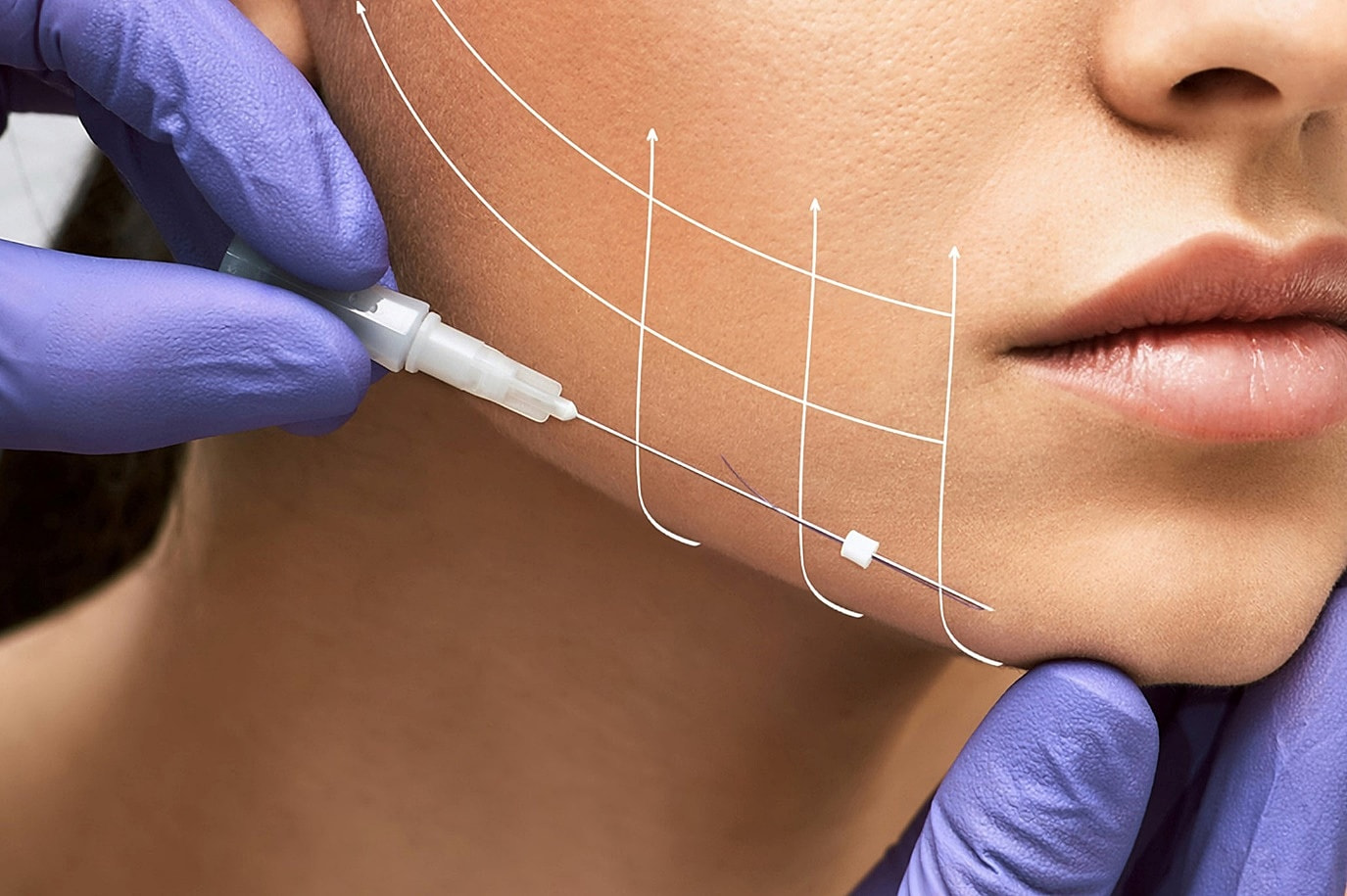
Threadlift or face thread lift is another popular, non-surgical facelift treatment that uses absorbable, fine threads to create a lifting effect. Once inserted into the problem areas of the face, the threads adhere to the skin using mini barbs, and tugging motions help to reposition the skin upwards for a lifting effect. The threads also trigger the natural healing response of the body and result in a collagen surge around the treatment sites. As a result, the skin becomes tighter and more youthful.
While all these treatment options for non-surgical facelifts are effective, they have certain limitations and can produce a more subtle lifting effect as compared to surgical facelift options. Some treatments may even require more than one session to create satisfactory results. For more dramatic results, a surgical facelift is a better option.
Summary
Recovery from a facelift in Singapore shouldn’t be complicated. Some bruising, swelling, and pain are normal. But, if there is anything out of the ordinary, it is recommended to contact your surgeon right away. Surgical facelifts in Singapore should be opted for when more dramatic results are desirable. For a subtle lifting effect, multiple treatment options for a non-surgical facelift in Singapore are available and involve minimal to no downtime.
About Dream Aesthetics and Plastic Surgery
Bespoke surgical for cosmetic or medical reasons is what Dream covers to bring out the beauty in every individual. Going beyond the aesthetics and working on physical anomalies are what we value the most in leading our patients to cherish self-improvement and confident lifestyles.
Derived from Associate Professor Vincent Yeow’s long-standing experience performing plastic surgery in Singapore, our treatment plans deliver physical remodelling in our patients’ favour. One of the notable remodellings is droopy eyelid correction. The ptosis surgery used for treatment eventually fixes drooping eyelids, improves vision and enhances appearance.
Most importantly, as a trustworthy plastic surgery and aesthetic clinic, we treasure positive and natural outcomes for each individual. We will ensure to deliver the beauty refinement of your dream without compromising your safety and privacy.



